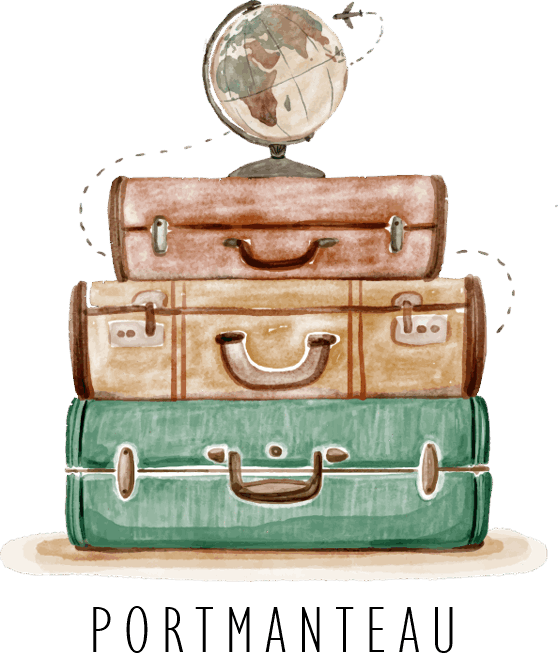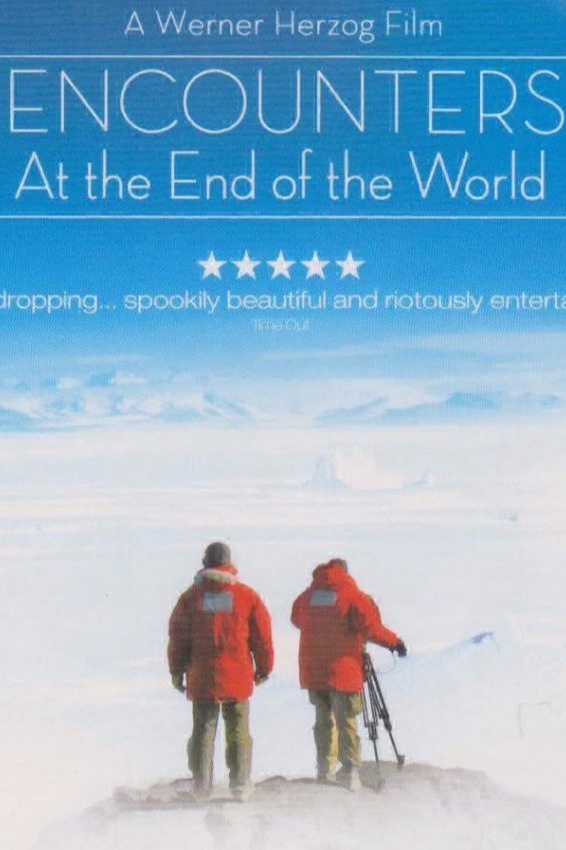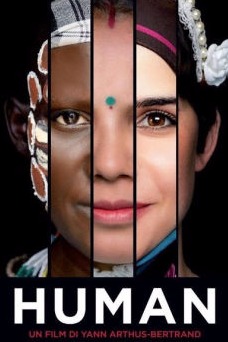


Greetings, fellow sojourners!
Edition 6 is here!
The Thinking Owl has forgotten all his French in the past few days but we haven't forgotten about travel in any form. Our sixth edition of Portmanteau once again delves into the unknown, the quirky and the charismatic.
The main feature this time is the other great coral reef that's in close proximity to Oceania.
We talk about a tiny country (or is it?) in Italy that's one lane across but has its own currency and flag. Our Reel this time showcases cinematic art that revolves around travel; you don't want to miss these ones at any cost. The Elysian is back, featuring conservationists who are giving back to Africa's wildlife
in the form of photographs.
Our Travel Record this month features music with soul: Be it rock or actual soul music,
each of these tracks is bound to move you.
We hope you enjoy this edition of Portmanteau. And we always welcome stories or thoughts from you, our patron.
Sharing the mutual love for travel!
Ashish


A deep dive into a story that's arcane, thoughtful, and sometimes humorous!

The Great Southern Reef
Australia is a mystery even to the Australians. Although 70% of the population lives close to the southern shore, hardly anyone knows about a wonder of nature just 50km away. We are talking about a forest you can literally fly through, well swim through.
A sleepy village in Germany is home to the world's largest heavy metal music festival.

Someone clearly wasn't paying a-tent-tion.

The sixth edition of The Reel talks about travel once again, this time showcasing some stunning features from almost every corner of the world. The forests of the Amazon to the vast urban landscapes of India and China to the isolation of Antarctica.


Baraka is a critically acclaimed cinematic work that required 14 months of shooting and production. A unique film with no narrative or voice over, Baraka relies purely on visual cues to tell its story. The movie explores various themes of humanity and life on Earth: Some fascinating, some gruesome, some quaint.
A spectacle like no other, Baraka takes you on a journey through 24 countries across 6 continents. The whole film was shot on the hardy 70mm format, giving the directors plenty of room to work with. Remastered versions are now available for purchase and streaming everywhere.
Do not miss Baraka's silent storytelling, for the pictures speak all the words.

If you've ever wondered what life at the South Pole might look like, Encounters At The End Of The World has some answers for you. The Wener Herzog directed documentary shows Werner and his cinematographer take a journey to Antarctica to meet several scientists and people living in the icy region.
Their voyage across the Antarctic includes several insights into how life goes on in this icy wonderland: From simple things like food preservation to keeping yourself warm. Journies within the Antarctic region include visits to a seal camp and meeting penguin researchers.
If you ever have the desire to travel to Antarctica, this movie serves as a good reference to begin with.

Humans is another story that endeavors to have people discover what life outside their own personal world must be like. The movie is available for free on Youtube and is meant to explore personal stories from people all around the world in first person, sans background music or extra narration.
HUMANS comes replete with a background score that is astonishingly beautiful and some cinematography that can rival any great practical effects. The film took 3 years to make, and we can see where it's paid off; 2000 people share a snippet of their life so that we can get a better understanding of the human condition.
A free film on Youtube, this one cannot be missed. Best watched on a big screen.
An Italian principality that has just over 400 people and wants to become a country.

The principality of Seborga is a little known region in Northwest Italy and is quite close to the French border. Some people may know of it as the secretive location where the Knights Templar of Christ are said to have hidden the Holy Grail.
But what Seborga has mostly made the news for is the fact that this one-street town cosily nestled in the Italian hillside considers itself a country and is currently campaigning for Independence from Italy.
I wonder when I'll be able to straighten my neck again. Illustrator, are you listening?

A snippet about what cookbooks may have been like in the days of old.

We have all read in the history books at school, of the greatness and wonder that Babylon and Mesopotamia was (read modern Iraq, Syria and Turkey). The first written scripts almost 4000 years ago on clay tablets called cuneiforms elucidating the legal codes and law of the land. A thorough snooze fest for most of us.
So let's spice it up a little. Literally. Three of these tablets housed at Yale University seem to suggest recipes written down, some local, some foreign. For all over rapid growth in technology, our food has greatly remained rooted and unchanged for thousands of years.
Researchers have been able to identify close to 40 recipes of stews and broth, what's more there are detailed instructions for not just cooking but presentation of the food too! Incidentally little has changed in terms of a recipe in four millennia. Iraqis cook a very similar lamb stew even today, though many of the pieces of instructions on the cuneiform have crumbled with the ages.
“Meat is used. You prepare water. You add fine-grained salt, dried barley cakes, onion, Persian shallot, and milk. You crush and add leek and garlic.” reads a part of the recipe. The parts that are gone forever hide the true flavours of Babylon. Yet all is not lost. Culinary archaeologists have been hard at work trying to reproduce these dishes. Some of their learnings and observations are profound. Interestingly, notwithstanding deconstructed gastronomy among others, the principles of food preparation have remained unchanged for a long time.
Even more astonishing is the realization that the notion of cuisine existed even back then. Local delicacies contrasted to foreign exotics.
Culinary creations worthy of documentation, a taste for foreign cuisines, food-inside-food deconstructed gastronomy and the list goes on. Makes you wonder how far we have come or have we? Food for thought we would say.

Soul music time! 10 tracks from mixed backgrounds that all have the right amount of soul to 'em.

Puzzles to get your neurons firing.
Email us a screenshot when done!

For this edition’s Elysian, we look at an organization using fine art to save Africa's wildlife.

Fill in the form to be featured on PORTMANTEAU